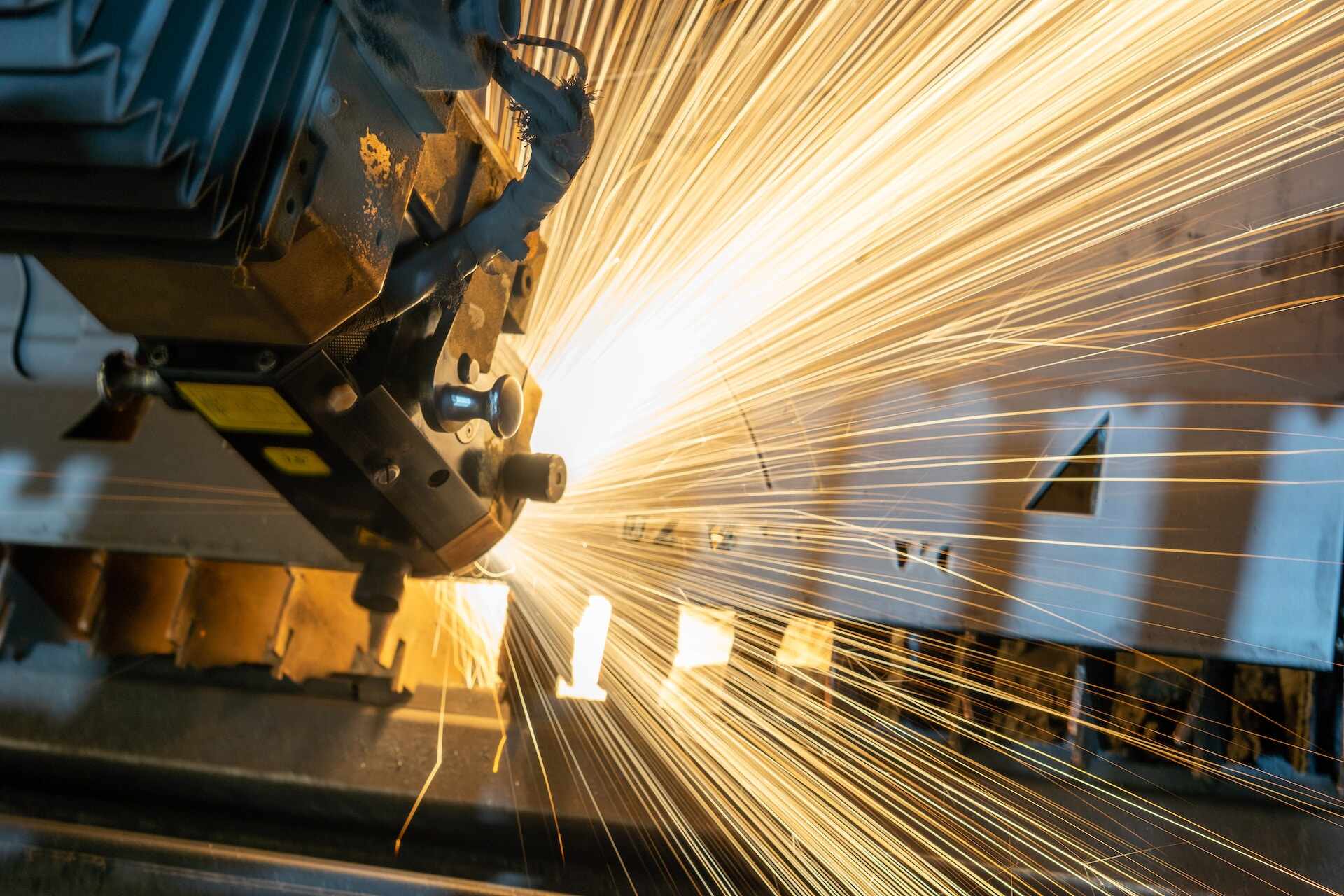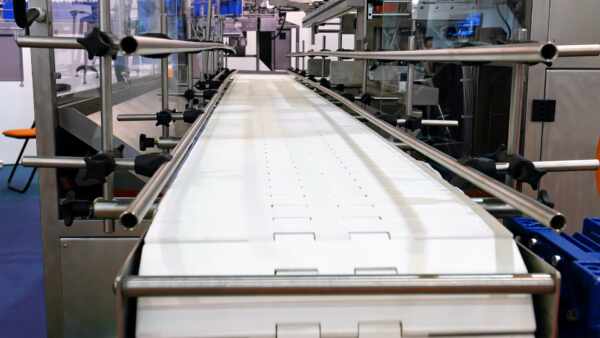In food manufacturing, conveyor belts play an essential role in ensuring smooth and efficient production. Over time, conveyor belts can face wear, damage, or breakdown, requiring action to maintain efficiency and safety standards. Faced with these issues, food manufacturers often need to make a decision between repairing the existing belt and opting for a complete replacement.
Understanding the factors that influence this decision is crucial to maintaining a safe, efficient production line and making an informed choice that balances both short-term and long-term costs. In this article, we will guide you through the key factors to consider when deciding between repairing or replacing conveyor belts in your food manufacturing operations. We will explore aspects such as the type and extent of damage, the age of the conveyor belt, costs associated with repair or replacement, and the potential impact on production, among others.
Assessing the Type and Extent of Damage
A pivotal step in deciding whether to repair or replace your conveyor belt is evaluating the type and extent of damage it has sustained. This assessment will help you weigh the cost and potential risks related to each option. Here are some common types of damage:
1. Surface Wear and Abrasion: This type of damage is commonly caused by friction, material buildup, or improper alignment. Depending on the extent of wear, the belt may need repair or complete replacement.
2. Belt Cuts or Tears: These damages frequently occur due to sharp objects or product handling incidents. Small cuts or tears may be repairable by installing patches or splicing, while larger damages may warrant a replacement.
3. Delamination or Peeling: This issue usually occurs when the layers of the conveyor belt start to separate, typically due to excessive tension or improper bonding. In such cases, replacement may be the most viable option.
Cost Comparison: Repair vs. Replacement
When comparing the costs of repair and replacement, it is essential to consider both immediate and long-term financial implications, including the following:
1. Direct Costs: Assess the direct costs associated with repair or replacement, such as labour, materials, equipment, and downtime.
2. Recurring Repair Expenses: If frequent repairs become necessary due to ongoing issues like wear and tear, the long-term costs may exceed the initial investment of a new conveyor belt.
3. Impact on Production Efficiency: Consider how each option will affect your production efficiency. A repair may provide a quicker solution but might not address underlying issues, leading to future production challenges.
4. Warranty: Keep in mind that repairs or modifications to existing conveyor belts may void any existing warranties, whereas a new belt generally comes with a manufacturer’s warranty.
Age and Lifecycle of the Conveyor Belt
Considering the age and lifecycle of the existing conveyor belt is vital in making the repair or replacement decision. If the belt is nearing the end of its expected life, investing in a replacement may be more suitable than repairing it, as further issues and expenses may arise as the belt continues to age.
Conversely, if the belt is relatively new or has not yet reached its expected lifecycle, investing in a repair could be a more cost-effective solution. However, it is essential to base decisions on the specific circumstances surrounding the age and wear of your conveyor belt rather than generic lifecycle expectations.
Impact on Production and Downtime
Minimising downtime and maintaining production efficiency is a prime concern in food manufacturing. When deciding whether to repair or replace your conveyor belt, consider the potential impact on operations, including the following:
1. Length of Downtime: Assess the amount of downtime each option would cause and how it would impact your production schedule. In some cases, a repair may cause less disruption, while a full replacement could involve extended downtime but resolve underlying issues more effectively.
2. Future Downtime Risks: If the risk of ongoing issues associated with repairing is high, it’s crucial to weigh the potential future downtime that could result. A replacement may involve a more significant initial investment but could prevent repeated production disruptions down the line.
Professional Assessment and Expert Guidance
Given the complexities and variables involved in deciding between conveyor belt repair or replacement, obtaining professional advice from conveyor belt specialists, such as Change Parts Pty Ltd, is highly recommended. Expert guidance will provide a thorough assessment of your specific situation and recommend the best course of action to ensure the safety, efficiency, and cost-effectiveness of your production operations.
Conclusion
Choosing between repairing or replacing conveyor belts in food manufacturing operations is a critical decision that requires careful consideration of several factors, ranging from the type and extent of damage to costs, age, and potential impact on production and downtime. By understanding these elements and seeking expert advice, you can make an informed decision that aligns with your operational requirements and long-term business goals.
If you’re in the market for a new conveyor belt, Change Parts Pty Ltd is the right choice. We can help you choose the best replacement that suits your needs and budget. As one of the top belt manufacturers in Australia, we offer a range of options to ensure that you make an informed decision.




